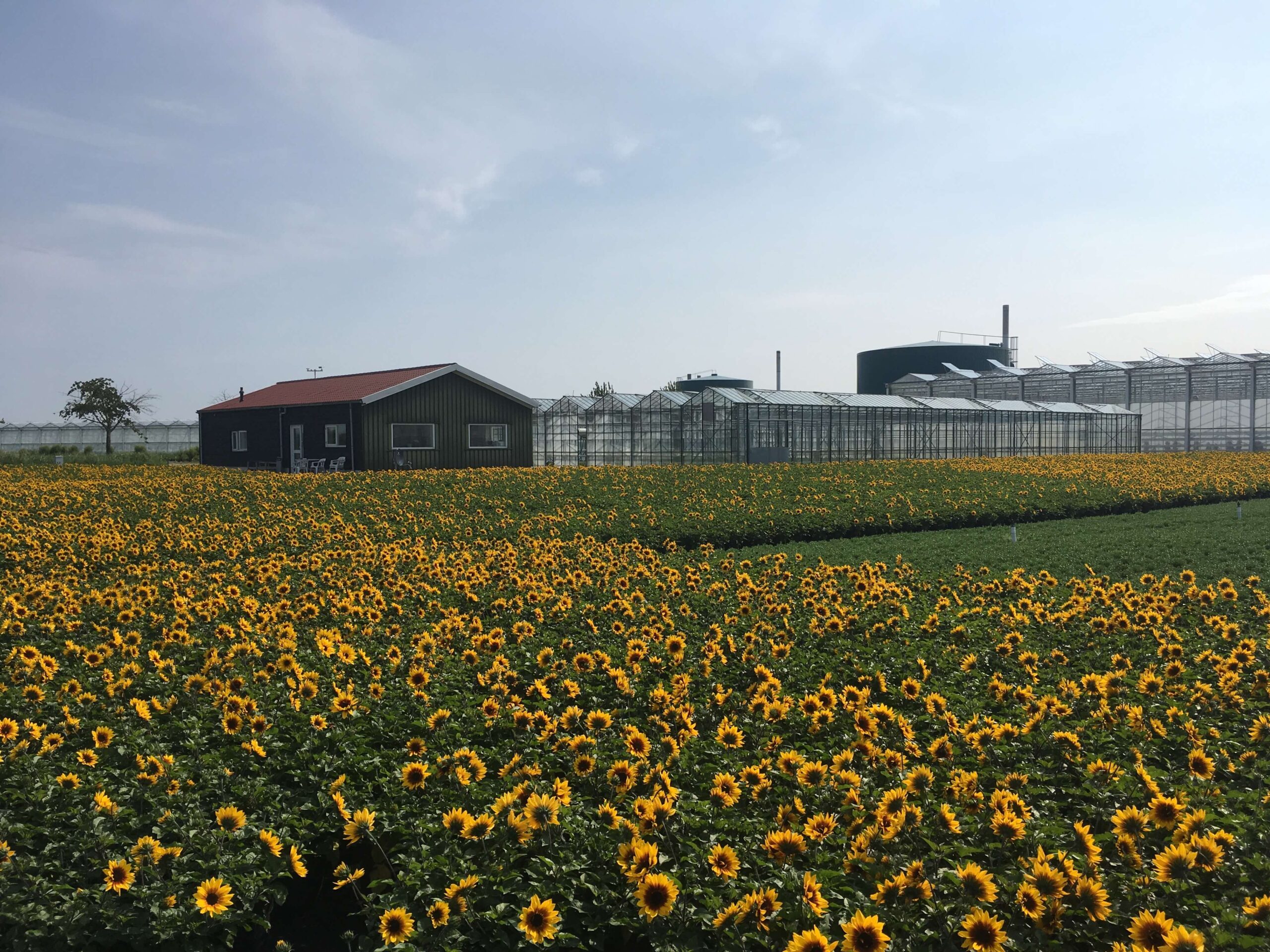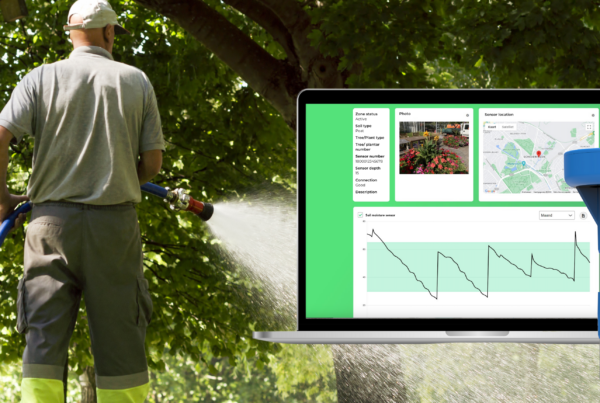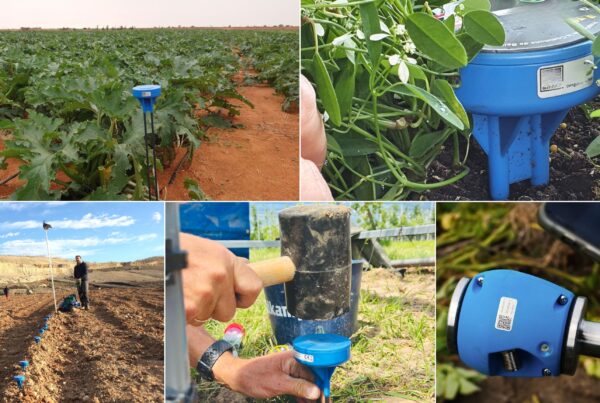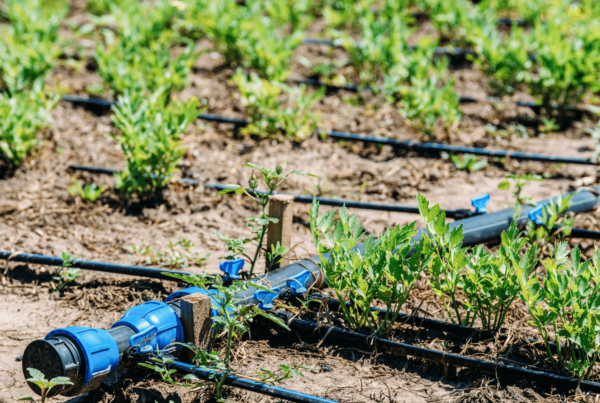The use of soil moisture probes over traditional methods to create more resistant flowers.
It is not an easy task to grow flowers, while keeping their aesthetic quality, under drier weather conditions with water scarcity oscillations. Moreover, to rely on traditional methods for field management – strongly based on feelings, on-site evaluations or manual fieldwork – becomes trickier as variations in weather patterns increase. When depending on traditional methods for soil moisture monitoring, land challenges can turn into a snowball once they lately manifest; affecting yield increase and, in most extreme cases, leading to crop loss.
Nitrogen leaching challenges:
Soil degradation and the leaching of nitrogen and phosphorus fertilizers is a common problem faced by farmers. In many parts of the world, pollution from these inputs has resulted in farming being forced to reduce or abandon fertilizers through strong regulation. Farmers in the Netherlands must now follow EU Nitrate Directive, to strictly monitor nitrogen and phosphorous flow that is entering and leaving the farm, paying extra costs for any nitrogen above 180 Kg per hectare. Due to fertilizer run-off into canals, this supervision is, year by year, more strictly controlled by the government.
Several Dutch farmers have been spending extra money on inputs management, laboratorial tests or external advice, such as consultancy firms, to minimize this problem.
After multiple attempts to reduce fertilizer run-off to the canals, Tom van den Berg – Dutch flower grower and owner at Van den Berg Est BV and Fleurig Est BV – decided to install Sensoterra sensors, to help him with monitoring soil moisture levels at the root-zone of his crop. Founded in 1996 as a family business, van den Berg early started in the agricultural field growing paprika, strawberries and vegetable crop as a kid in his parents business; further developing this knowledge during his studies in Agriculture, with specialization in flowers.
Currently, with 20 hectares of field and greenhouse area, van den Berg BV produces over 1.3 million flowers a year including hortensias, petunias, sunflowers, lavender, and Poinsettia. He sells his high-quality potted plants to big supermarket franchises as well as exporting to different countries in the EU. Irrigation methods differ between sprinklers (in the field), flooding (greenhouse ground level) and drip irrigation (for petunias hanging on the top of the greenhouse) according to his types of flowers and season.
Van den Berg has been working with Sensoterra since 2017 currently counting with 20 probes in the ground, distributed across in the field per flower type. After struggling in compliance with the strict Dutch fertilizer-control policies, van den Berg had to reduce fertilizers levels in the canals where water was being deposited. “Every two weeks, Dutch regulatory institutions come to check input levels in water canals. The company must be under those thresholds.” Van den Berg.
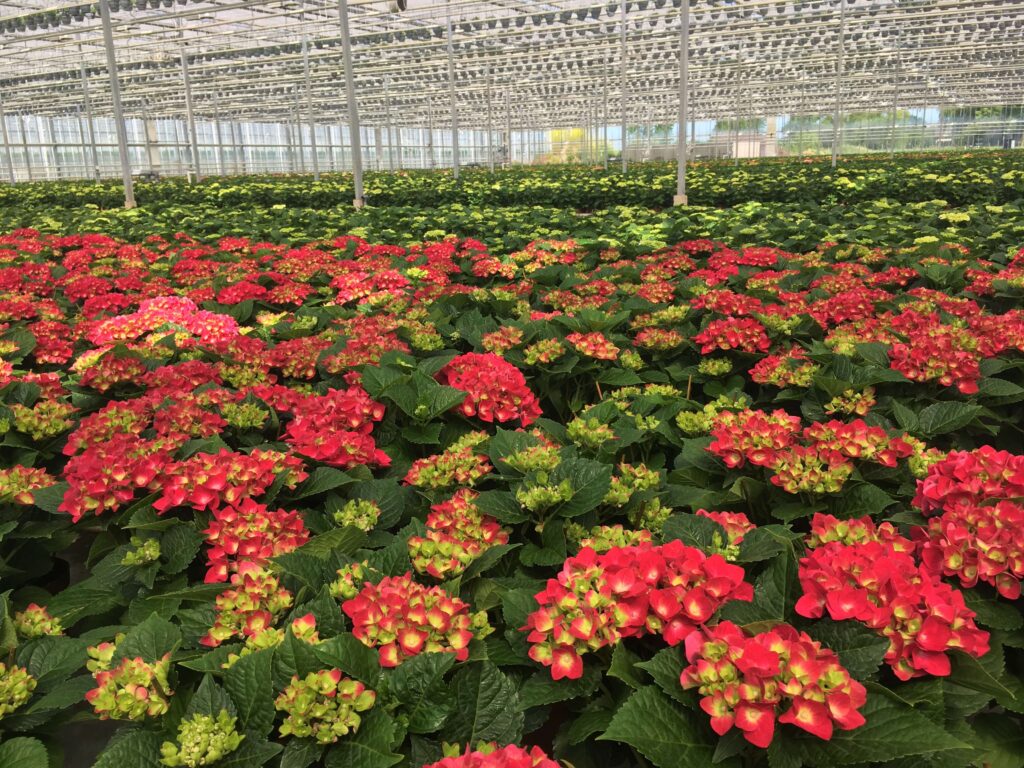
Van den Berg says that field inputs were completely controlled after the decision to go for Sensoterra probes, in parallel with inputs change, currently with osmocote – a granulated-controlled-release fertilizer that releases nutrients gradually in the soil. By implementing precision irrigation methods plants receive the exact amount of water necessary for optimum growth, and growers can reduce water waste which is responsible for inputs leaching. “To base your decisions on traditional methods and mostly ‘feelings’, is not reliable anymore. Field soil moisture levels must be checked in numbers, with sensors.”
“The benefits are incredible and gets even better with time, once you start to understand patterns, seasons, etc. The grower is in control of its own yield increase.”
Van den Berg Est BV
Sensoterra is a leader in soil moisture measurement powered by the Internet of Things (IoT) technology and LoRa connectivity which allow sensors to be completely wireless and provide hourly soil moisture data. The sensors provide growers with the volumetric moisture percentage of the soil, measured at the active root zone, and calibrated for all soil types. The overall result includes fast ROI within one growth cycle, data-driven decisions which can simplify waste management, such as water savings up to 30% and inputs reduction while guaranteeing crop yield increase.
Better insights, better quality:
Van den Berg explains that installing Sensoterra probes is a process that gets even better with time. “With Sensoterra probes I understood about soil moisture levels in the root-zone. After reaching better roots, you have better flower quality; which directly increases your yield.”
Firstly, after placing probes in the ground, considerable changes in the root zone can be seen within 2-3 months, reflecting on overall plant quality. This, starting with better root quality resulting in healthier and naturally protected leaves with fewer pests and weeds, and to aesthetically better flowers.
In addition, van den Berg reveals a reduction of over 10% in water usage after starting measuring soil moisture with Sensoterra.
“If you achieve good roots, the rest of the process becomes easier: stronger roots, leading to less use of inputs, fewer weeds and bugs, less fertilizers application, yield increase, and money saved.”
Regarding abnormal weather patterns, currently taking place in the Netherlands, van den Berg notes that weather is becoming unpredictable, even guided by meteorological data, as he does via forecast apps. He explains how tricky can be to maintain quality when growing flowers and, as a target, to increase flowers’ resistance for upcoming changing climates.
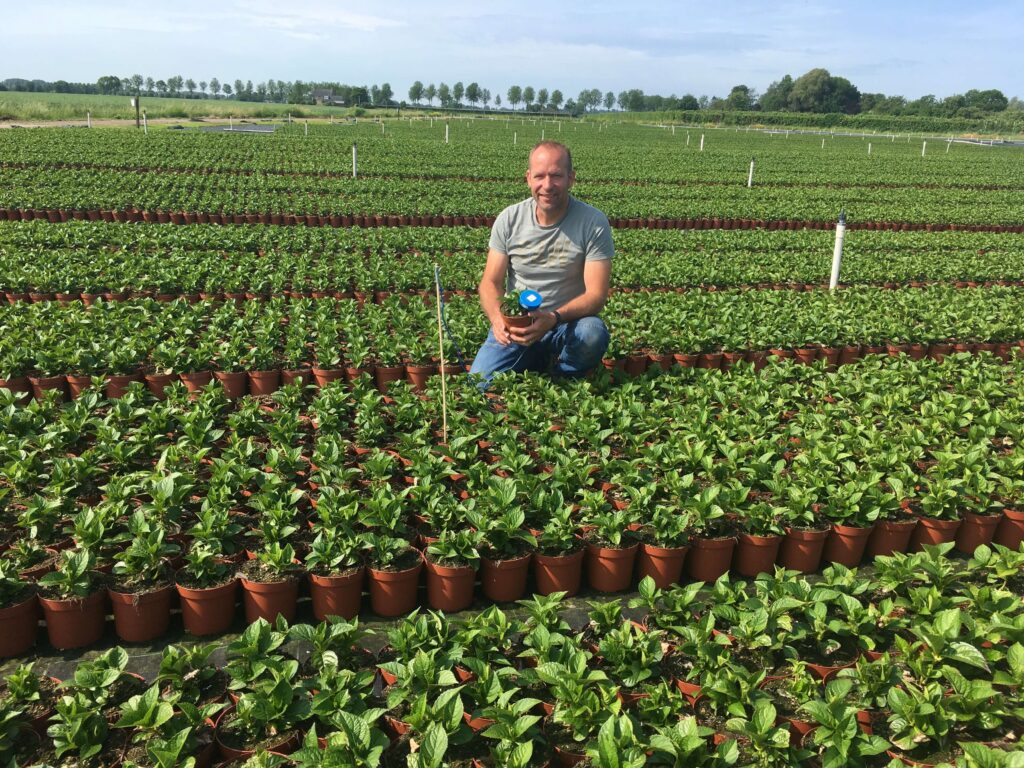
“I needed to find tools in industry which provided greater resistance to my plants. It is impressive how Sensoterra sensors present a simple solution, with powerful results.” he says “Numbers don’t lie. My decision-making is now data-driven, based on soil moisture measurements, after checking Sensoterra app.”
Confident for achieving his goals for the next harvesting season, van den Berg wants to increase the business together with more investments in technology. He concluded by saying that growers “instinctive feeling” will never go away, however, to rely on soil moisture sensors is easier and safer considering weather scenarios ahead.
Download the case study:
Download the complete case study on how Sensoterra helps greenhouse growers to optimize resources and tackle fertilizer leaching challenges.
About Van den Berg Est BV and Fleurig Est BV:
A Dutch leader on potted plant growth, Van den Berg Est BV supplies large volumes of hortensias, petunias, lavender, sunflowers, and many other varieties around the Netherlands and other European countries. In the market since 1996, Van den Berg Est BV is located in Est. Learn more at their website: (Dutch)
About Sensoterra:
Sensoterra, a world leader in wireless soil moisture sensor, provides data-driven solutions for optimizing land and freshwater resources for agriculture, horticulture, landscaping and nature restoration. Empowering better decision making for land management through smart soil moisture measurements. Sensoterra was founded in 2014 and is based in Amsterdam, the Netherlands.
Contact for more information and/or interview requests:
Jessica Nuboer
Marketing & Communications
Sensoterra
Email: [email protected]

